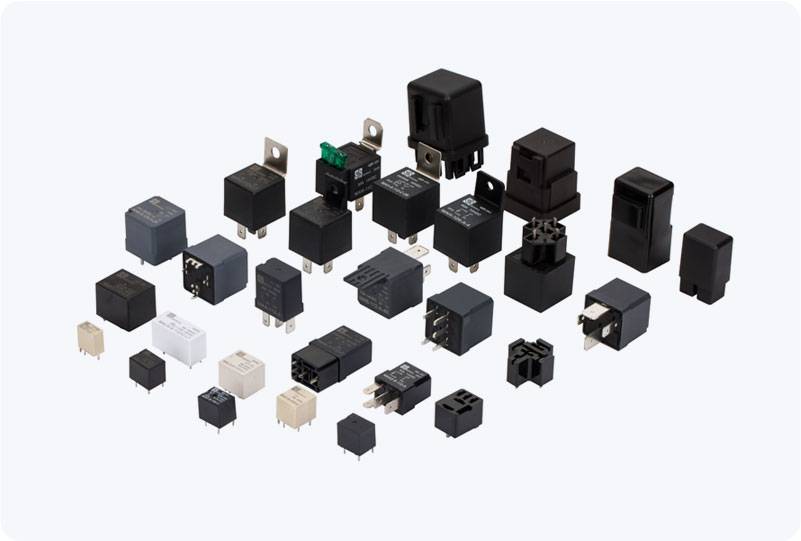understanding low voltage dc relay: applications, features, and advantages
Release time:2025-10-24 23:01:57
A Low Voltage DC Relay is an essential electrical component widely used in low-voltage direct current (DC) systems. It operates by utilizing electromagnetic principles to control higher-power circuits with a lower-power signal. These relays are designed to work in low-voltage applications, commonly found in automotive electronics, home appliances, and industrial control systems. In this article, we will explore the working principle, key features, typical applications, and advantages of Low Voltage DC Relays.

Working Principle of Low Voltage DC Relays
A Low Voltage DC Relay is composed of several key components: an electromagnetic coil, armature, contacts, and a spring. When a DC voltage is applied to the coil, it creates a magnetic field that attracts a movable armature, causing the relay’s contacts to either close or open. The movement of the armature is what makes or breaks the electrical connection between the relay's contacts.
There are typically two types of contacts in a relay: Normally Open (NO) and Normally Closed (NC). In the NO configuration, the contacts are open when the relay is de-energized, and they close when the relay is energized. In the NC configuration, the contacts are closed when the relay is de-energized and open when it is energized. This switching action allows the relay to control a larger load with a smaller control signal.

